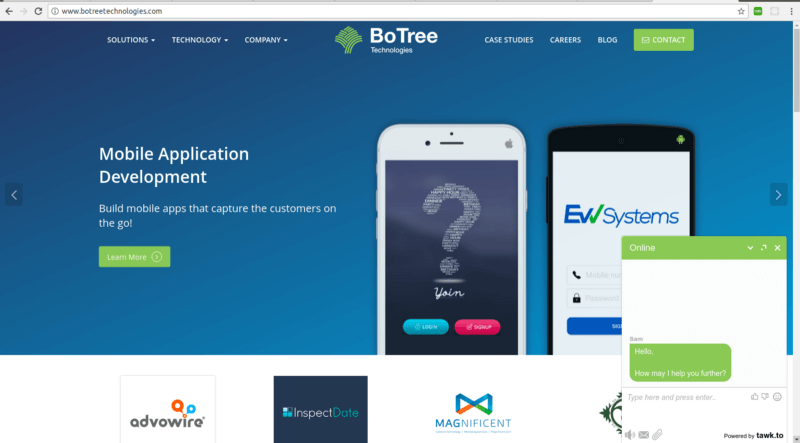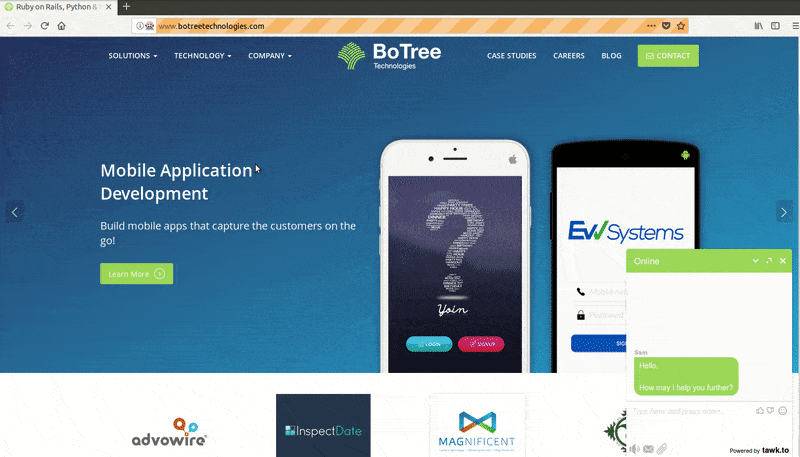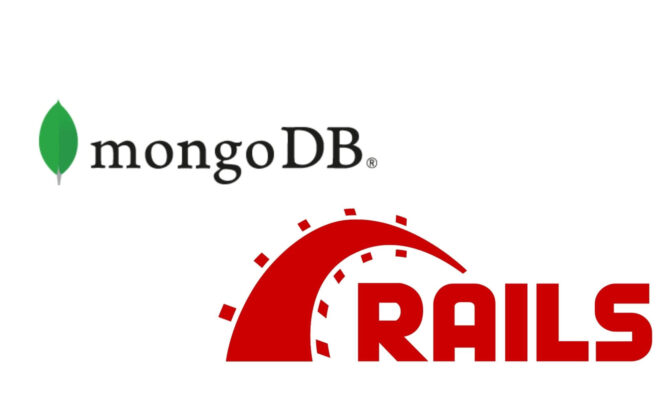
Tutorial: Python Web Scraping using BeautifulSoup and Selenium
Sometimes we need to extract information from websites. We can extract data from websites by using there available API’s. But there are websites where API’s are not available.
Here, Web scraping comes into play!
Python is widely being used in web scraping, for the ease it provides in writing the core logic. Whether you are a data scientist, developer, engineer or someone who works with large amounts of data, web scraping with Python is of great help.
Without a direct way to download the data, you are left with web scraping in Python as it can extract massive quantities of data without any hassle and within a short period of time.
In this tutorial , we shall be looking into scraping using some very powerful Python based libraries like BeautifulSoup and Selenium.
BeautifulSoup and urllib
BeautifulSoup is a Python library for pulling data out of HTML and XML files. But it does not get data directly from a webpage. So here we will use urllib library to extract webpage.
First we need to install Python web scraping BeautifulSoup4 plugin in our system using following command :
$ sudo pip install BeatifulSoup4
$ pip install lxml
OR
$ sudo apt-get install python3-bs4
$ sudo apt-get install python-lxml
So here I am going to extract homepage from a website https://www.botreetechnologies.com
from urllib.request import urlopen
from bs4 import BeautifulSoup
We import our package that we are going to use in our program. Now we will extract our webpage using following.
response = urlopen('https://www.botreetechnologies.com/case-studies')

Beautiful Soup does not get data directly from content we just extract. So we need to parse it in html/XML data.
data = BeautifulSoup(response.read(),'lxml')
Here we parsed our webpage html content into XML using lxml parser.
As you can see in our web page there are many case studies available. I just want to read all the case studies available here.
There is a title of case studies at the top and then some details related to that case. I want to extract all that information.
We can extract an element based on tag , class, id , Xpath etc.
You can get class of an element by simply right click on that element and select inspect element.
case_studies = data.find("div", { "class" : "content-section" })
In case of multiple elements of this class in our page, it will return only first. So if you want to get all the elements having this class use findAll() method.
case_studies = data.find("div", { "class" : "content-section" })
Now we have div having class ‘content-section’ containing its child elements. We will get all <h2> tags to get our ‘TITLE’ and <ul> tag to get all children, the <li> elements.
case_stud.find('h2').find('a').text
case_stud_details = case_stud.find(‘ul’).findAll(‘li’)
Now we got the list of all children of ul element.
To get first element from the children list simply write:
case_stud_details[0]
We can extract all attribute of a element . i.e we can get text for this element by using:
case_stud_details[2].text
But here I want to click on the ‘TITLE’ of any case study and open details page to get all information.
Since we want to interact with the website to get the dynamic content, we need to imitate the normal user interaction. Such behaviour cannot be achieved using BeautifulSoup or urllib, hence we need a webdriver to do this.
Webdriver basically creates a new browser window which we can control pragmatically. It also let us capture the user events like click and scroll.
Selenium is one such webdriver.
Selenium Webdriver
Selenium webdriver accepts cthe ommand and sends them to ba rowser and retrieves results.
You can install selenium in your system using fthe ollowing simple command:
$ sudo pip install selenium
In order to use we need to import selenium in our Python script.
from selenium import webdriver
I am using Firefox webdriver in this tutorial. Now we are ready to extract our webpage and we can do this by using fthe ollowing:
self.url = 'https://www.botreetechnologies.com/'
self.browser = webdriver.Firefox()
Now we need to click on ‘CASE-STUDIES’ to open that page.
We can click on a selenium element by using following piece of code:
self.browser.find_element_by_xpath("//div[contains(@id,'navbar')]/ul[2]/li[1]").click()
Now we are transferred to case-studies page and here all the case studies are listed with some information.
Here, I want to click on each case study and open details page to extract all available information.
So, I created a list of links for all case studies and load them one after the other.
To load previous page you can use following piece of code:
self.browser.execute_script("window.history.go(-1)")
Final script for using Selenium will looks as under:
And we are done, Now you can extract static webpages or interact with webpages using the above script.

Conclusion: Web Scraping Python is an essential Skill to have
Today, more than ever, companies are working with huge amounts of data. Learning how to scrape data in Python web scraping projects will take you a long way. In this tutorial, you learn Python web scraping with beautiful soup.
Along with that, Python web scraping with selenium is also a useful skill. Companies need data engineers who can extract data and deliver it to them for gathering useful insights. You have a high chance of success in data extraction if you are working on Python web scraping projects.
If you want to hire Python developers for web scraping, then contact BoTree Technologies. We have a team of engineers who are experts in web scraping. Give us a call today.




